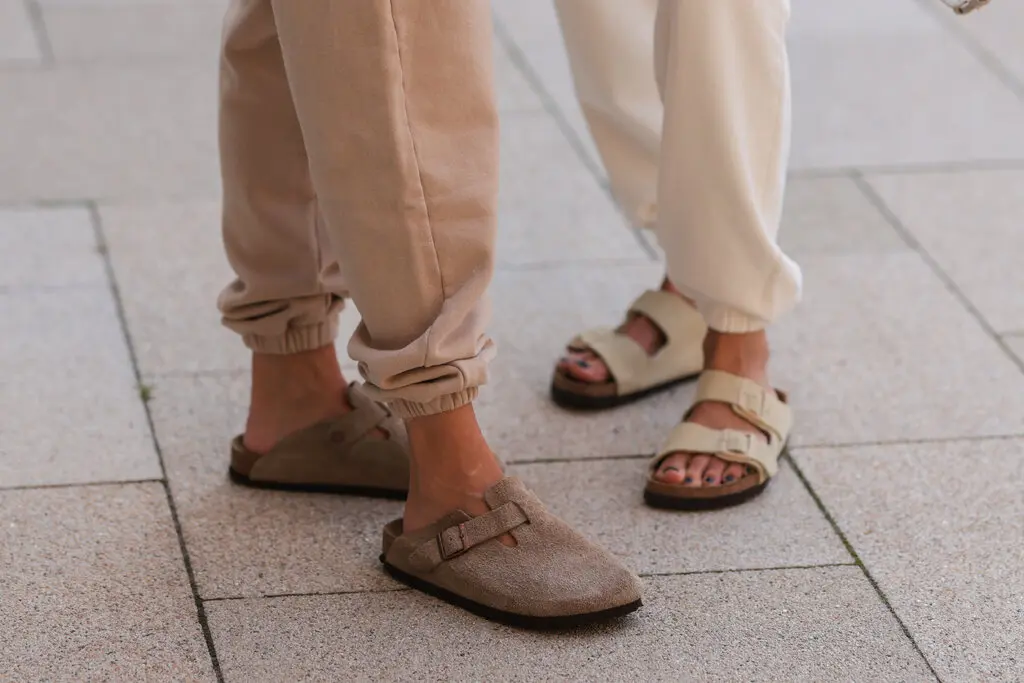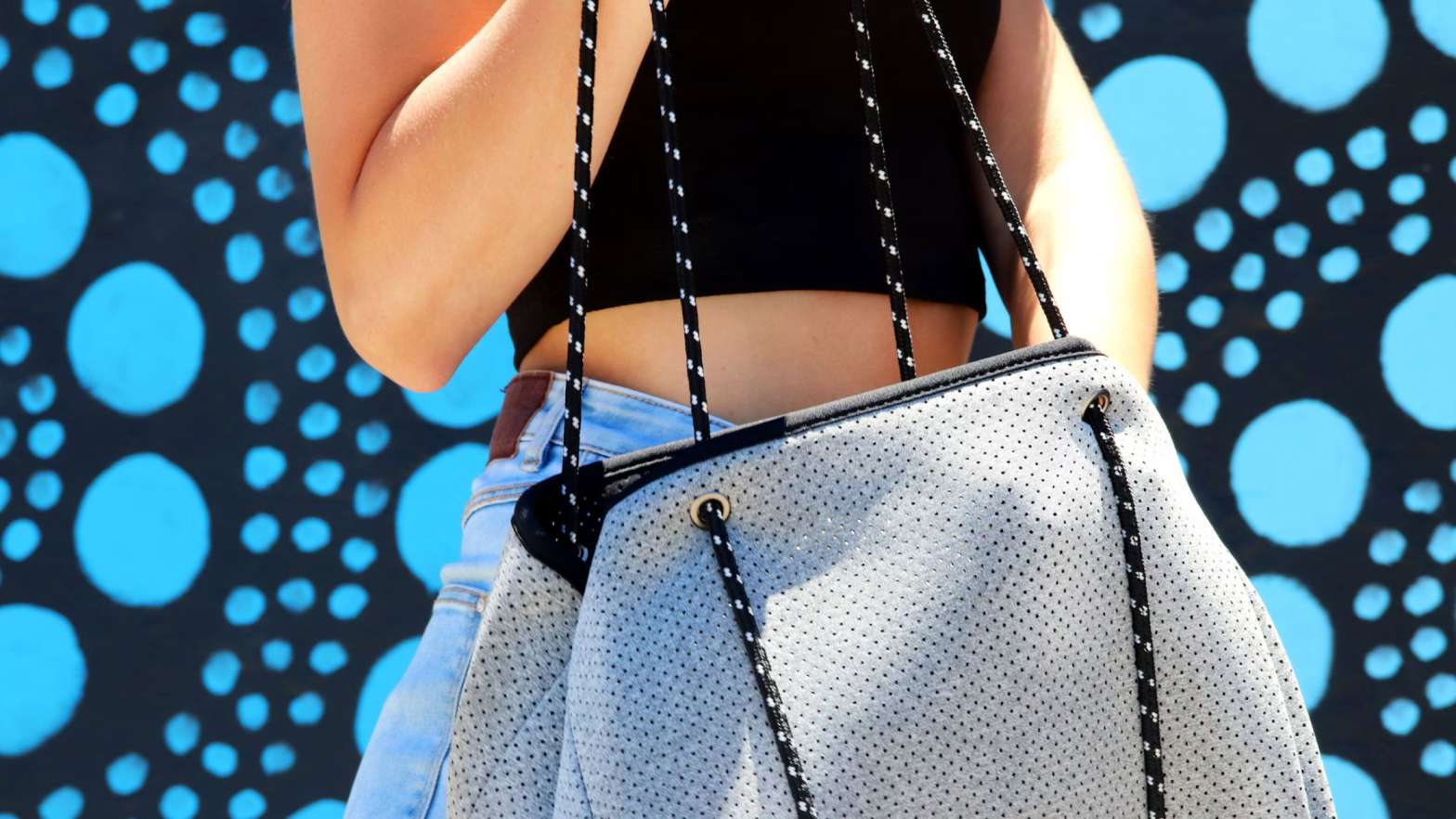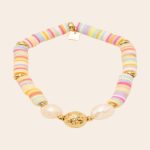Fashion, a word that evokes images of high-end runways, glossy magazines, and trendsetters, is far more than just fleeting styles. It’s a reflection of society, culture, and the ever-changing human experience. From the utilitarian garments of our ancestors to the avant-garde creations of today, fashion has served as a dynamic canvas where history, art, and self-expression intertwine.
Table of Contents
The Dawn of Fashion: Necessity Breeds Style
The earliest forms of fashion were driven by practicality. Clothing served as protection from the elements, a marker of social status, and a tool for survival. Early humans used animal skins and plant fibers to create basic garments that provided warmth and shelter. As civilizations developed, so did clothing become more intricate. Egyptians used linen, known for its comfort in hot climates, while Romans wore togas, draped garments that reflected their social standing.
Fashion Through the Ages: A Journey of Innovation and Expression
The Middle Ages saw a shift towards more elaborate clothing, particularly for the nobility. Fabrics like silk and velvet became popular, and garments were adorned with embroidery, jewels, and other embellishments. During the Renaissance, fashion became a form of artistic expression. Clothing became looser and more flowing, with emphasis on symmetry and proportion. The invention of new techniques like knitting and lacemaking further fueled creativity in fashion design.
The 18th and 19th centuries witnessed dramatic changes in fashion, particularly for women. Corsets became increasingly restrictive, emphasizing a narrow waist and an hourglass figure. The Industrial Revolution brought about mass production of clothing, making it more accessible to the average person. However, this also led to standardization and a decline in craftsmanship.
The 20th century was a period of immense change for fashion. World Wars led to a more practical approach to clothing, with simpler styles and an emphasis on functionality. The rise of feminism and youth culture in the latter half of the century saw a rebellion against traditional styles. Women embraced pantsuits and shorter hemlines, while youth culture adopted denim, leather jackets, and graphic tees as symbols of self-expression.
The Modern Landscape: A Kaleidoscope of Trends and Identities
Today, fashion is a global phenomenon, influenced by a multitude of factors. Social media has democratized the fashion industry, allowing anyone with a phone to become a trendsetter. The internet connects people across borders, exposing them to diverse styles and cultures. Sustainability and ethical production are becoming increasingly important considerations for consumers.
Fast fashion, characterized by mass production of trendy clothing at low prices, has become a dominant force in the industry. However, concerns about its environmental impact and exploitative labor practices have led to a rise in consumer awareness and a movement towards slow fashion, which emphasizes quality and ethical production.
The modern fashion landscape is a kaleidoscope of trends. Streetwear, with its focus on comfort and athletic influences, has become mainstream. Athleisure, the blurring of lines between athletic and casual wear, is another major trend. There’s a growing appreciation for vintage and second-hand clothing, offering a unique and sustainable way to express personal style.
Despite the vast array of choices, comfort remains a key factor in modern fashion. Brands are creating clothing that caters to diverse body types and ethnicities, promoting inclusivity and body positivity.
A Case in Point: The Enduring Appeal of Birkenstock Boston

One interesting example of how comfort and practicality can make a lasting impact on fashion is the story of Birkenstock Boston. These cork-soled sandals, with their anatomically shaped footbed, were originally designed in Germany in the 1960s for optimal arch support. Initially associated with a hippie aesthetic, Birkenstock Boston transcended their counterculture roots to become a fashion staple. Their comfort and durability have made them popular with a wide range of people, from health professionals to celebrities. Today, Birkenstock Boston offer a variety of styles and materials, catering to both comfort seekers and those looking for a touch of effortless cool.
Fashion’s Role in Society: Beyond Aesthetics
Fashion is more than just what we wear; it’s a powerful tool for communication. It allows us to project our identity, our values, and our belonging to a particular group. We use clothing to express our creativity, confidence, and even political views. Fashion reflects the social and political climate of a time period. For example, the mini skirt of the 1960s was a symbol of women’s liberation, while the power suit of the 1980s reflected the rise of women in the workforce.
The Future of Fashion: Sustainable, Inclusive, and Personalized
Virtual reality (VR) and augmented reality (AR) could revolutionize the shopping experience, allowing customers to try on clothes virtually before they buy. 3D printing could enable on-demand customization, allowing individuals to create garments that perfectly fit their body and style. Additionally, artificial intelligence (AI) could be used to personalize recommendations and predict fashion trends.
The rise of the global marketplace means fashion will continue to be a melting pot of influences. Cultural exchange through travel and online platforms will expose people to diverse styles, leading to even greater cross-pollination and experimentation.
Inclusivity will remain a cornerstone of the fashion industry. Brands will continue to cater to a wider range of body types, ethnicities, genders, and abilities. This will necessitate a shift towards more diverse representation within the fashion industry itself, from designers and models to stylists and photographers.
The concept of “ownership” might also evolve. Subscription models and clothing rental services could become more mainstream, offering a more sustainable and affordable way to stay on trend.
Fashion as Self-Expression
Ultimately, fashion’s core function of self-expression is likely to remain constant. We will continue to use clothing as a way to tell our stories, project our personalities, and define our place in the world. Whether it’s embracing bold colors and statement pieces or opting for a more minimalist aesthetic, fashion empowers us to express ourselves authentically.
The future of fashion is exciting and full of possibilities. As technology advances, sustainability becomes a priority, and inclusivity takes center stage, we can expect the way we dress to evolve in innovative and positive ways. Fashion will continue to be a powerful tool for self-expression, reflecting the ever-changing human experience and the dynamic world around us.
















